Search the Special Collections and Archives Portal
Search Results
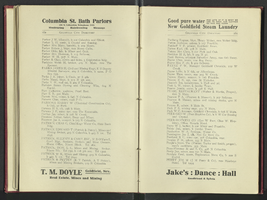
sod2021-076-084
Text
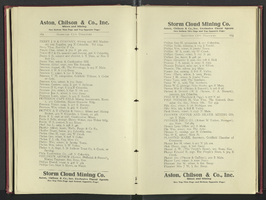
sod2021-076-085
Text
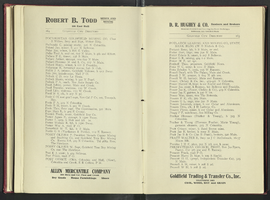
sod2021-076-086
Text
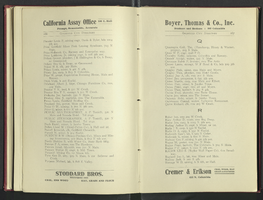
sod2021-076-087
Text
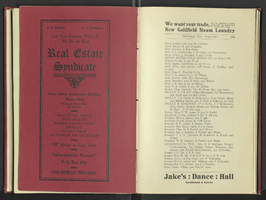
sod2021-076-089
Text
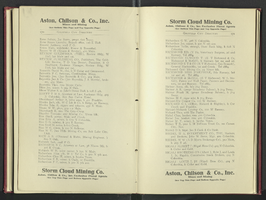
sod2021-076-090
Text
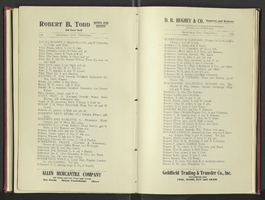
sod2021-076-091
Text
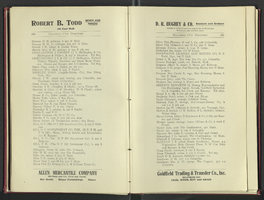
sod2021-076-095
Text
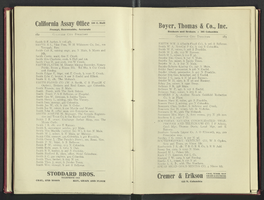
sod2021-076-096
Text
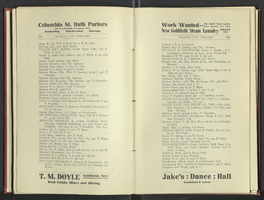
sod2021-076-097
Text
Pagination
Refine my results
Content Type
Creator or Contributor
Subject
Archival Collection
Digital Project
Resource Type
Year
Material Type
Place
Language
Records Classification
